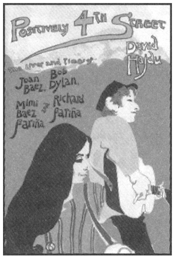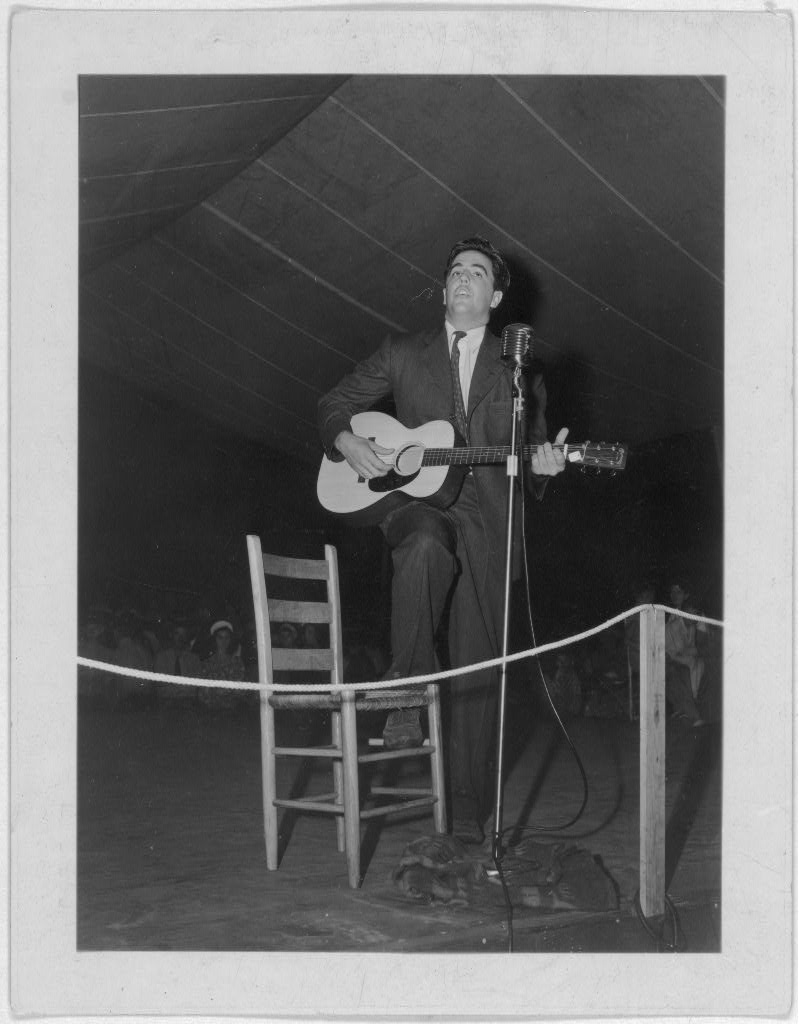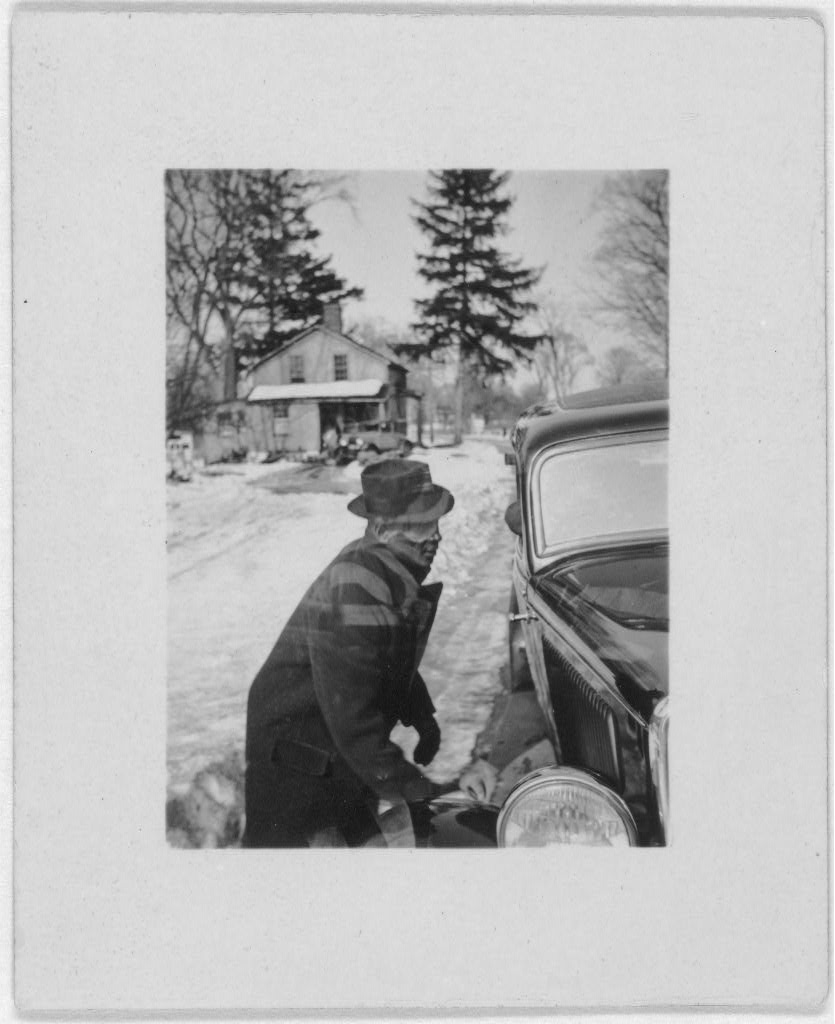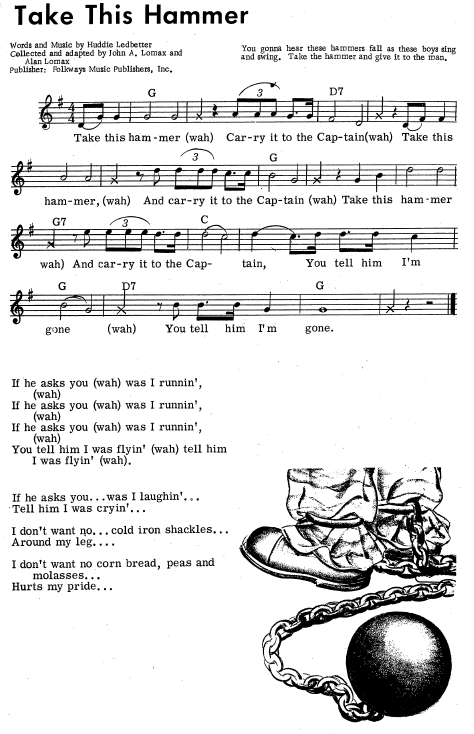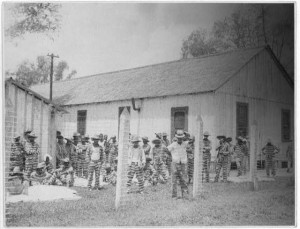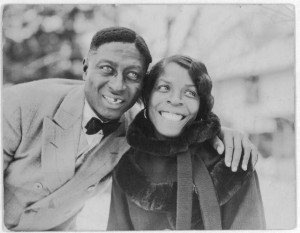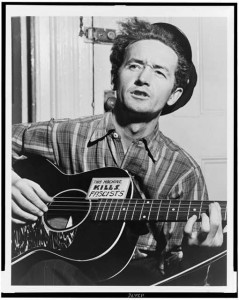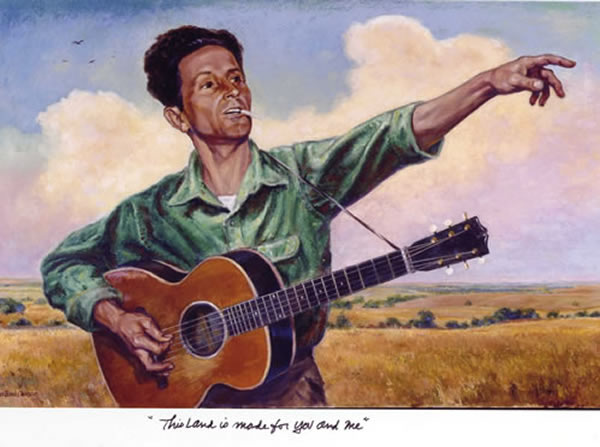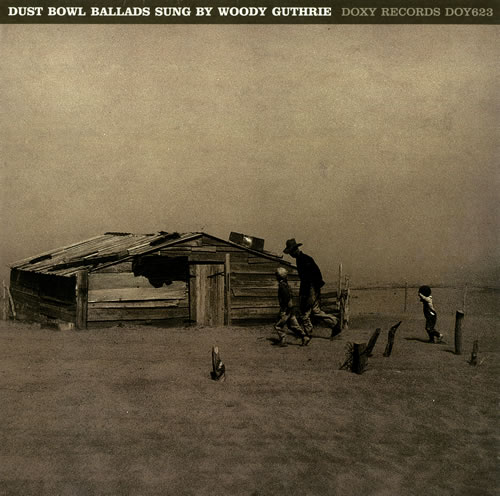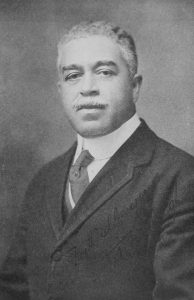
Harry T. Burleigh; Photo by Mishkin, New York, 1922. Creator: Unknown. (Photo by Heritage Art/Heritage Images via Getty Images)
Harry Thacker Burleigh was a trail blazer in for African American composers during the 19th and 20th centuries. One of the main things he was known for was the arranging of many different Negro spirituals.[1] He studied at the New York National Conservatory was noticed by Antonin Dvorak, and he hired Burleigh to be a librarian for him. During this time, he composed his first art songs. These initial compositions included plantation and minstrel songs, one such song we’re going to look at more in depth is ‘Steal Away.’
H.T. Burleigh prefaces his arrangement with saying that these spirituals were never composed, rather they had sprung to life through white religious oppression. These songs are not to be confused with minstrel songs; they have a more serious connotation. Steal away was published in nineteen twenty-one and very quickly became popular. He was one of the first composers to bring Negro spirituals to concert halls.[2] Unfortunately having to adjust to the times, these spirituals had to be brought to western classical tradition. I think that throughout constant oppression and lack of representation, Burleigh should be celebrated as one of the first to pioneer black composition in the Western Classical Tradition. With the shortcomings of American culture, I believe that we should take the time to recognize the first of many Black composers starting to take the spotlight of the 20th century.
These spirituals were not just popular during the time of their composition, it is still being sung by vocalists today. Below you will hear a recording from Indra Thomas, the lyrics are very obviously bleeding spiritual feeling. The repetition really drives the spirituality home, repeating “Steal away to Jesus” multiple times before hearing other lyrics. That line is the main motive that the composition returns to on three separate occasions. Whenever we diverge from these initial lyrics, they sing about the sounds of a trumpet ringing in their soul. The trumpet is usually accredited to being a very spiritual instrument, trying to ‘wake up’ sinners and calling them to repent.
Citations
Burleigh, Harry Thacker. 1921. “Steal Away.” Digital.library.temple.edu. 1921. https://digital.library.temple.edu/digital/collection/p15037coll1/id/5268.
Burleigh, Harry Thacker, and Indra Thomas. 2012. Steal Away. Great Day! Delos.
Erickson, Shannon. 2008. “Harry Thacker Burleigh (1866-1949) •.” Black Past. June 7, 2008. https://www.blackpast.org/african-american-history/burleigh-harry-thacker-1866-1949/.
Library of Congress. n.d. “H. T. Burleigh (1866-1949).” Library of Congress, Washington, D.C. 20540 USA. https://www.loc.gov/item/ihas.200035730/.
“What the Bible Says about Symbolism of Trumpets.” n.d. Www.bibletools.org. https://www.bibletools.org/index.cfm/fuseaction/topical.show/RTD/cgg/ID/11077/Symbolism-Trumpets.htm.
[1] Snyder, Jean. “Burleigh, Henry [Harry] T(hacker).” Grove Music Online. 16 Oct. 2013; Accessed 10 Oct. 2023. https://www.oxfordmusiconline.com/grovemusic/view/10.1093/gmo/9781561592630.001.0001/omo-9781561592630-e-1002248537.
[2] Erickson, Shannon. 2008. “Harry Thacker Burleigh (1866-1949) •.” Black Past. June 7, 2008. https://www.blackpast.org/african-american-history/burleigh-harry-thacker-1866-1949/.

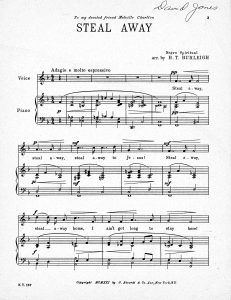

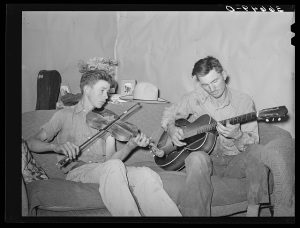
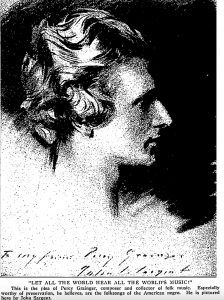
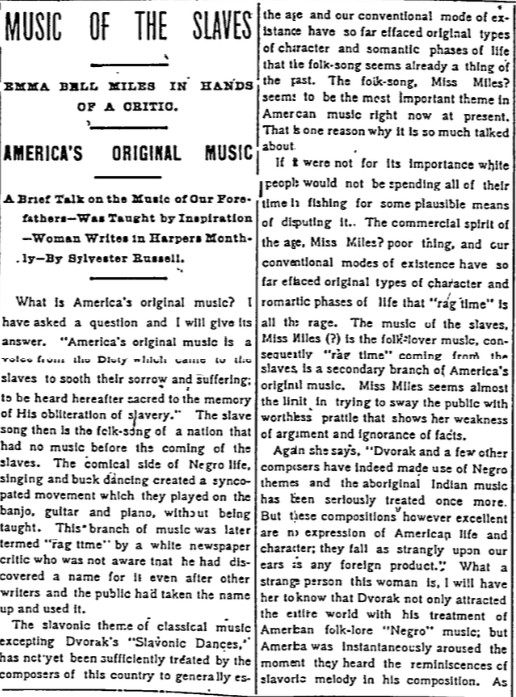
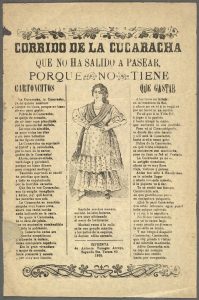
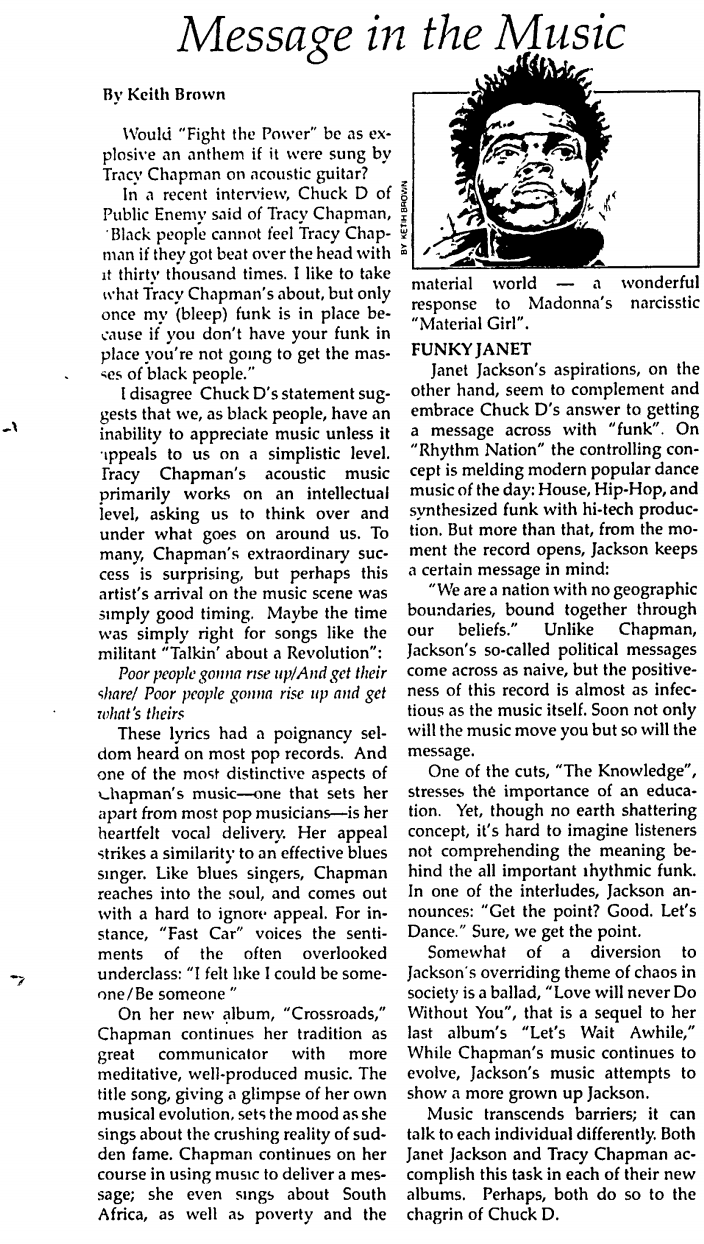
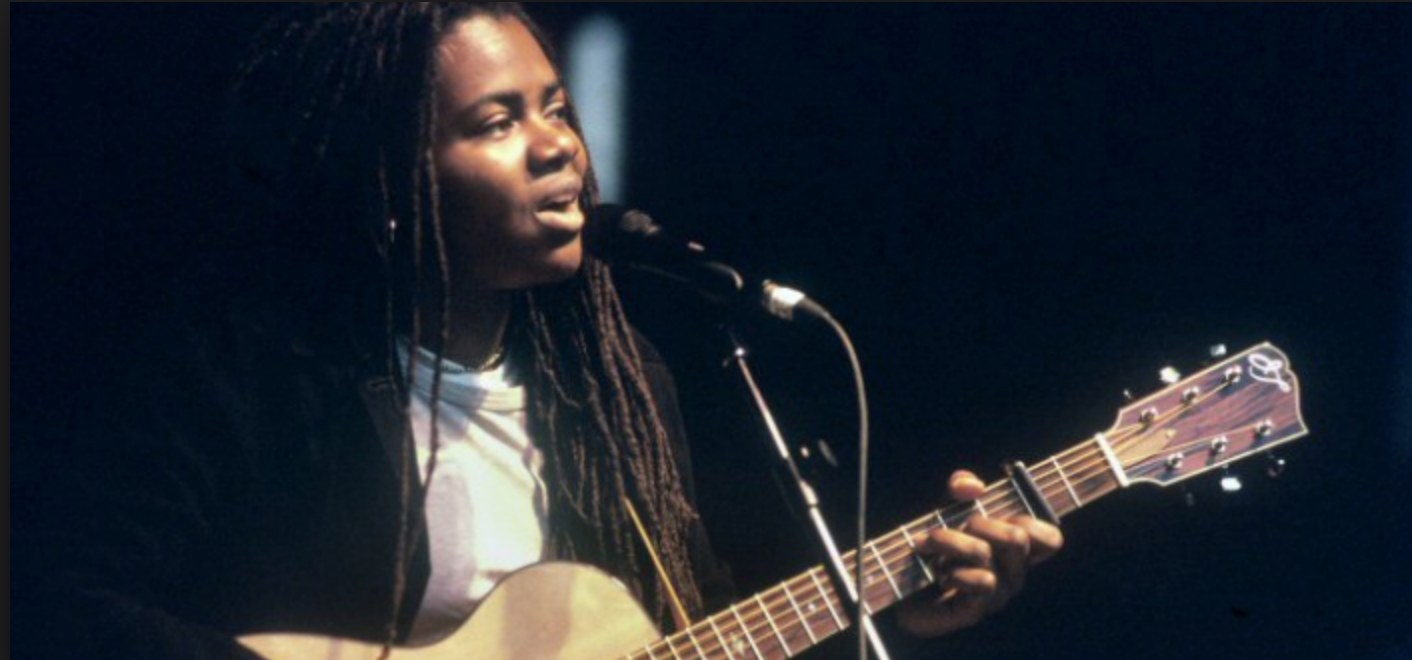
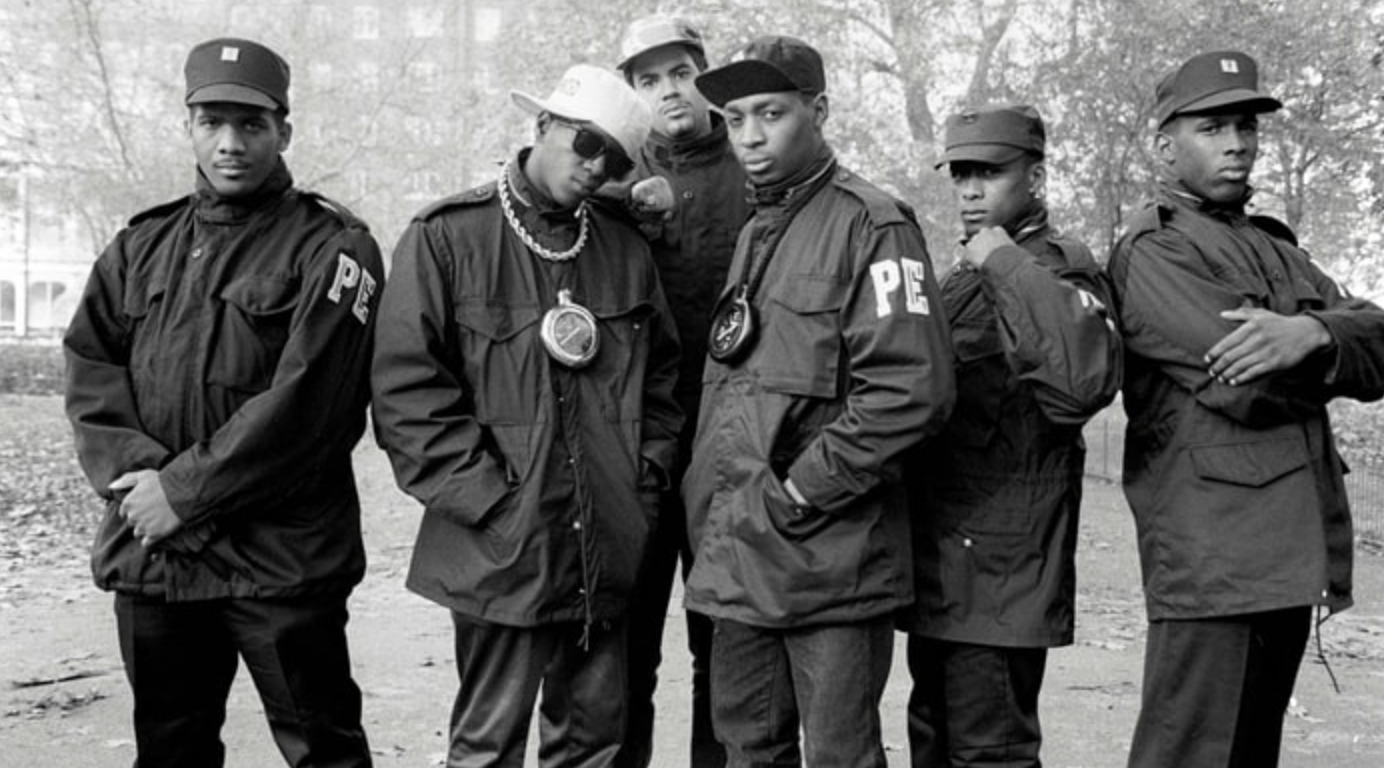
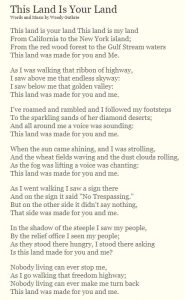
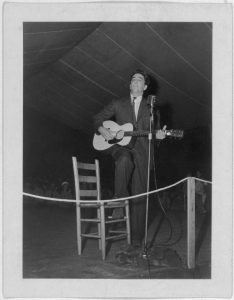
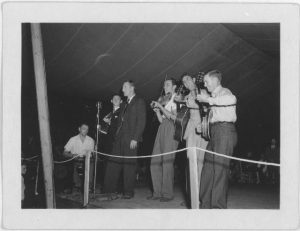
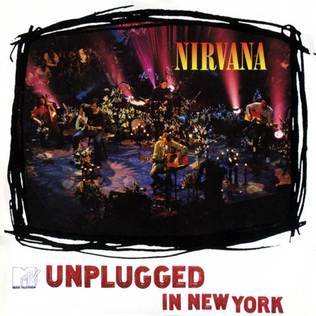

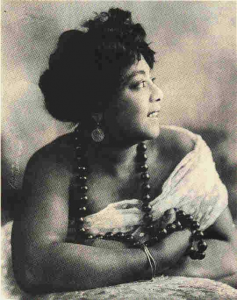


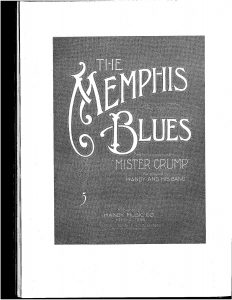
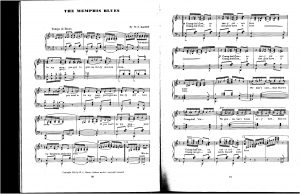
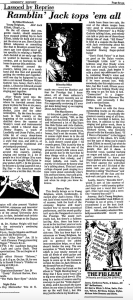
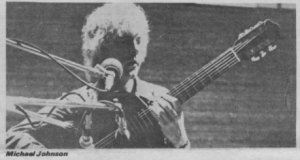
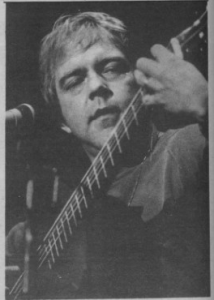
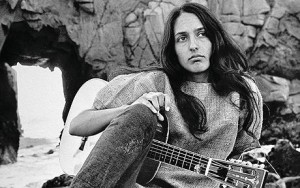



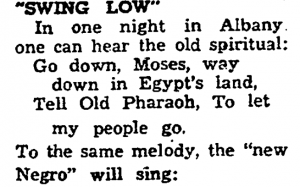
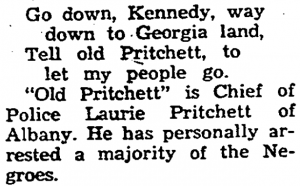
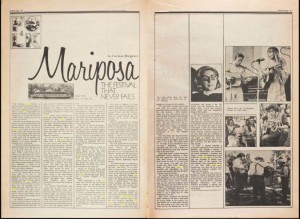


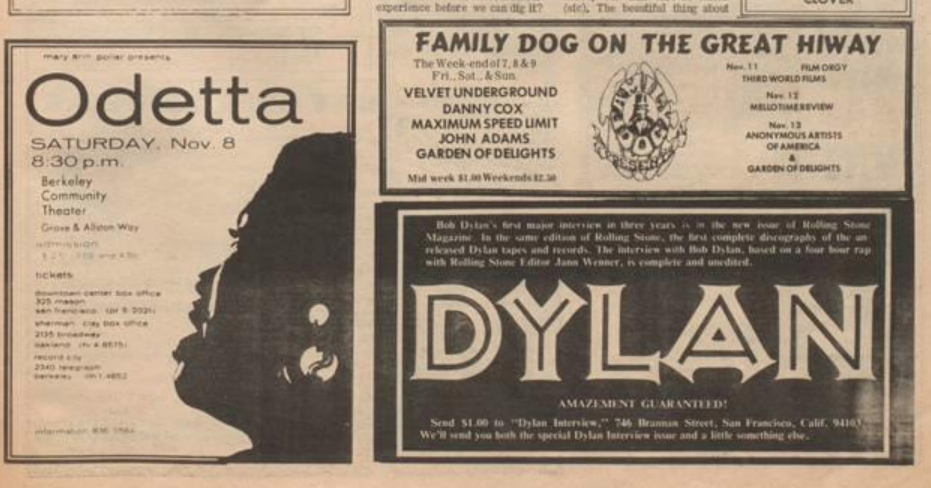
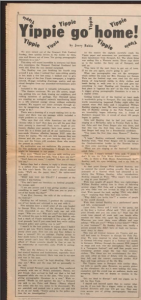
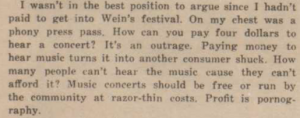 “Music concerts should be free,” he says. “Profit is pornography.” Rubin then gets himself kicked out of the festival by passing out “a copy of the free Yippie newspaper…(spiritual thoughts from our anarchist-revolutionary point of view)” to a pair of nuns. The magazines are deemed to have pornographic images themselves, and the festival cops escort Rubin out, Rubin blaming it on his hippie appearance.
“Music concerts should be free,” he says. “Profit is pornography.” Rubin then gets himself kicked out of the festival by passing out “a copy of the free Yippie newspaper…(spiritual thoughts from our anarchist-revolutionary point of view)” to a pair of nuns. The magazines are deemed to have pornographic images themselves, and the festival cops escort Rubin out, Rubin blaming it on his hippie appearance.